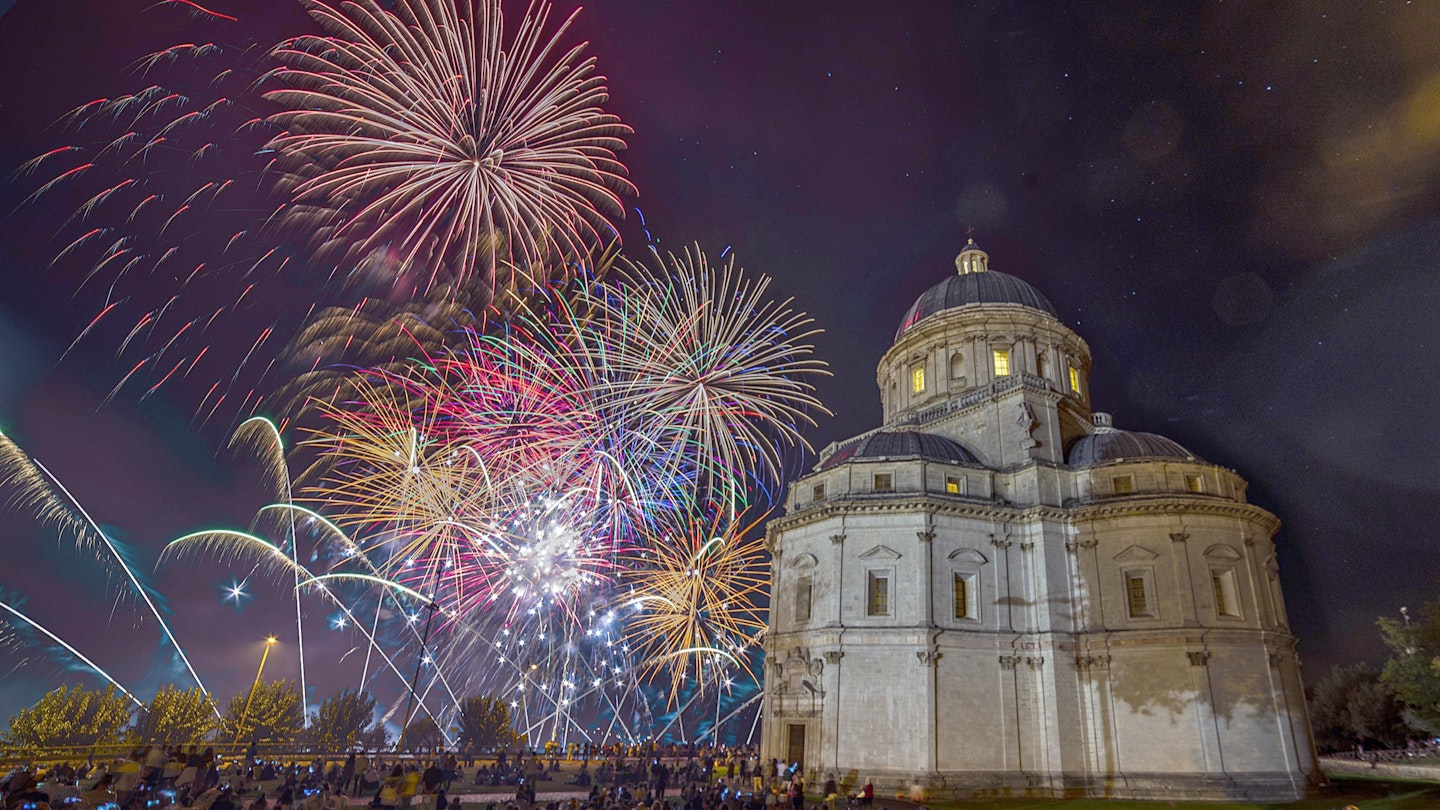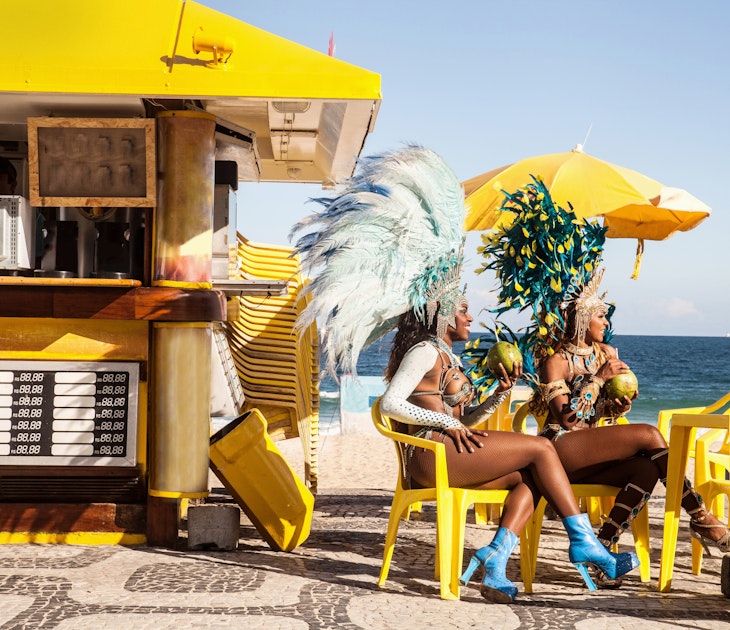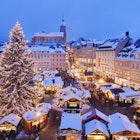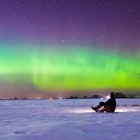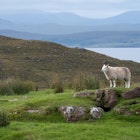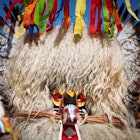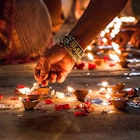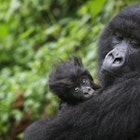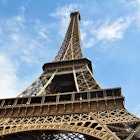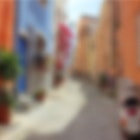Umbria has a wealth of cultural treasures – from medieval hilltop towns to ornate churches, archaeological sites and contemporary art exhibitions. Umbria is also home to a variety of celebrations and festivals that shine a spotlight on food, music, art, and history, bringing visitors from around the world to central Italy.
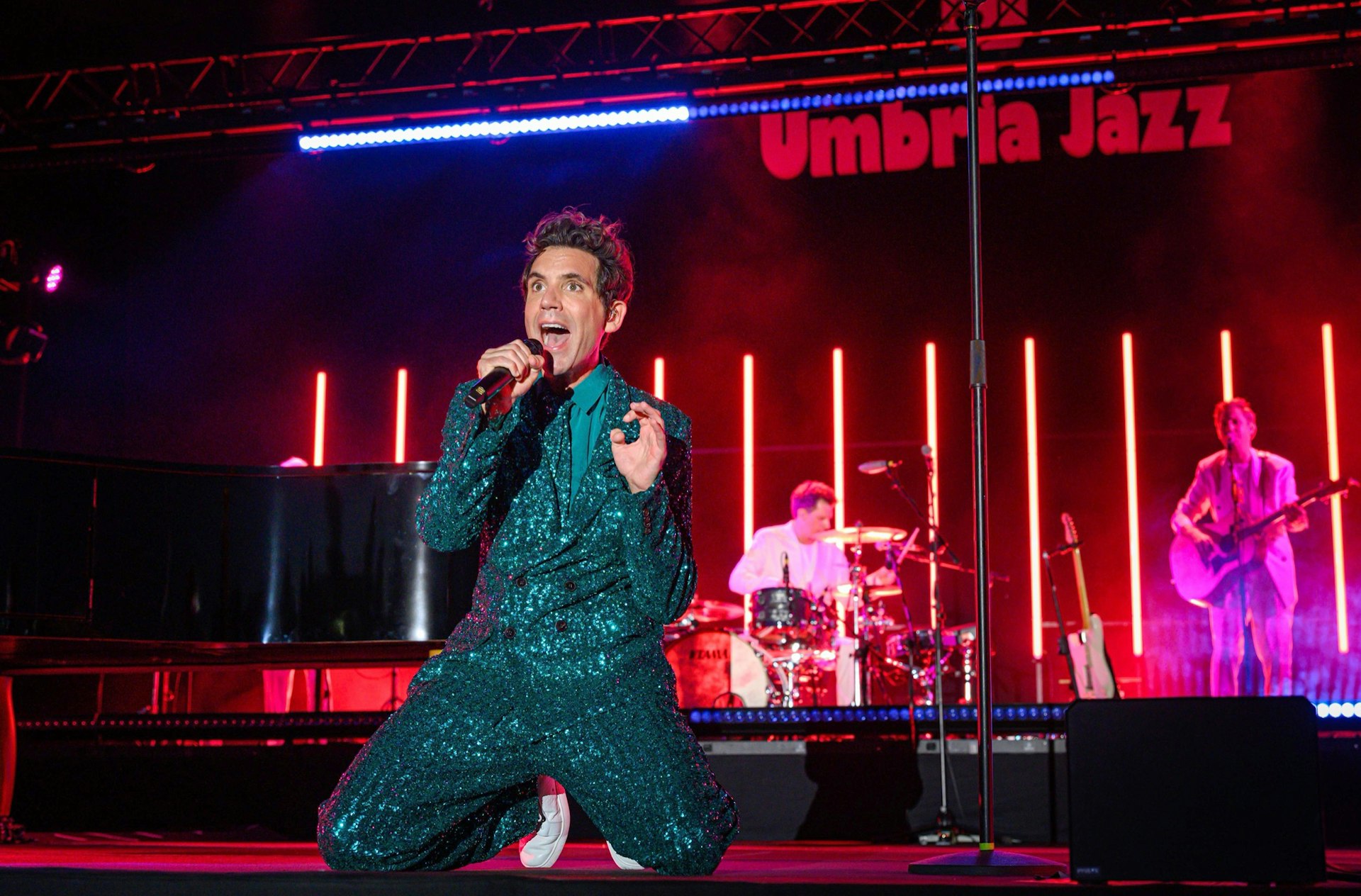
Art appreciation
The region hosts a diverse assortment of festivals celebrating the arts. One of the most famous is the internationally renowned Umbria Jazz Festival. For more than 50 years, this festival has been attracting the world’s top jazz talent to Perugia for a 10-day program in July. The event has been so successful it has grown to include a winter jazz festival in Orvieto and a weekend of jazz in Terni in the fall.
In the mood for Blues instead of jazz? Trasimeno Blues, also held in July, is a festival bringing together the world’s best contemporary blues performers. The medieval fortress in the town of Castiglione del Lago, on the shores of Lake Trasimeno, serves as the host location for most of the festival.
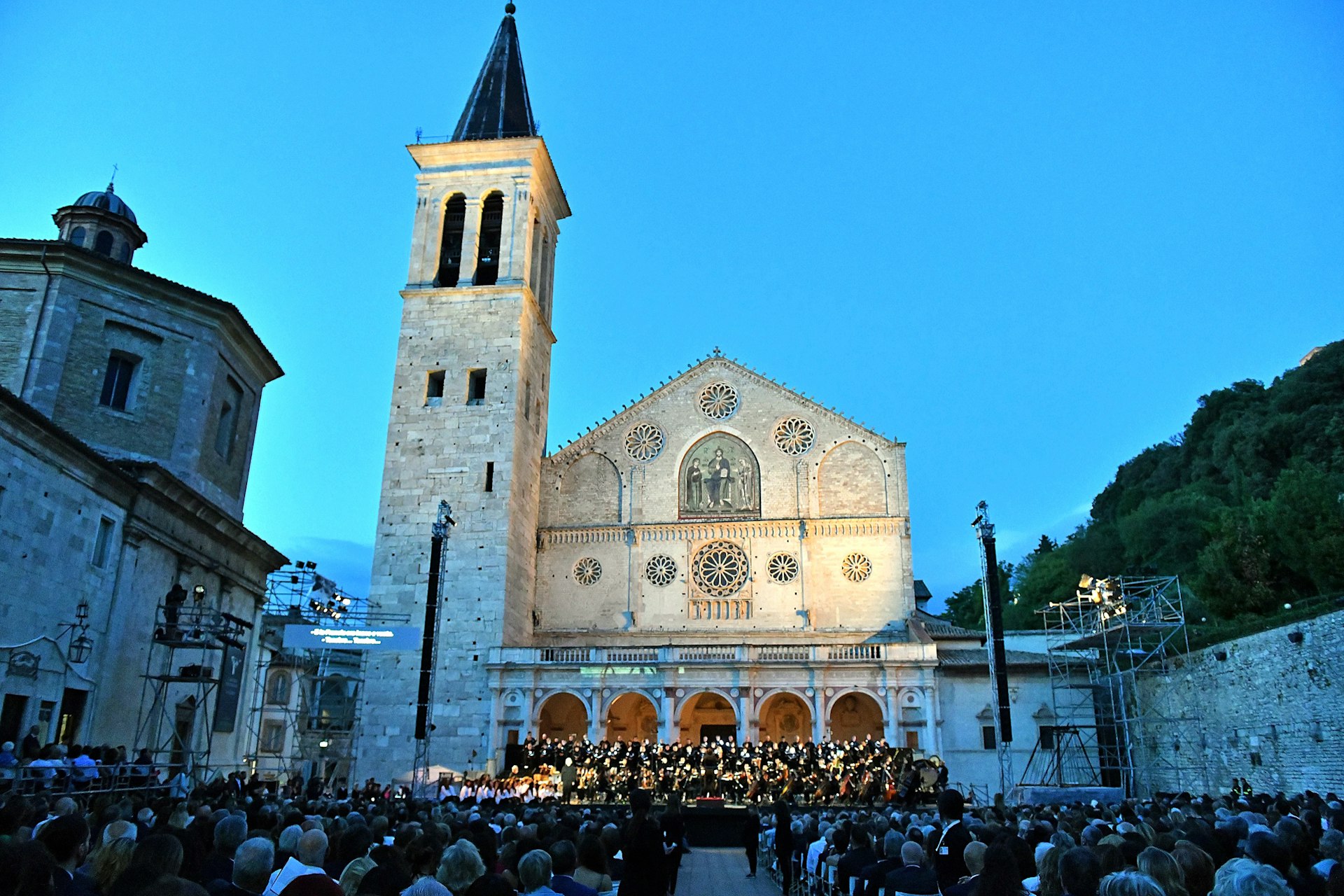
Celebrating a wide variety of art forms, the Festival dei Due Mondi (also known as the Spoleto Festival) is held each summer in the southern Umbrian city of Spoleto. Born in 1958, the due mondi refers to a desire to unite European and American artists together at a time when they were distinct worlds, celebrating the styles and cultures of each in one event. Innovation has surged ever since, as performances in dance, music, opera, and theater fill the calendar, bringing the historical buildings, theaters, and open-air venues around the city to life.
If you’re looking for more arts events, the late summer Todi Festival presents a calendar of theater and musical performances, plus visual arts exhibitions and events related to literature. Theater masterclasses and workshops are on offer, and the event hosts many national debut performances. Also in late summer is the Festival delle Nazioni, a chamber music festival in the city of Città di Castello (which includes a competition for youth chamber music groups named after Alberto Burri, a internationally-renowned visual artist from the city), and the Sagra Musicale Umbra, a classical music festival with performances in cities across the region.
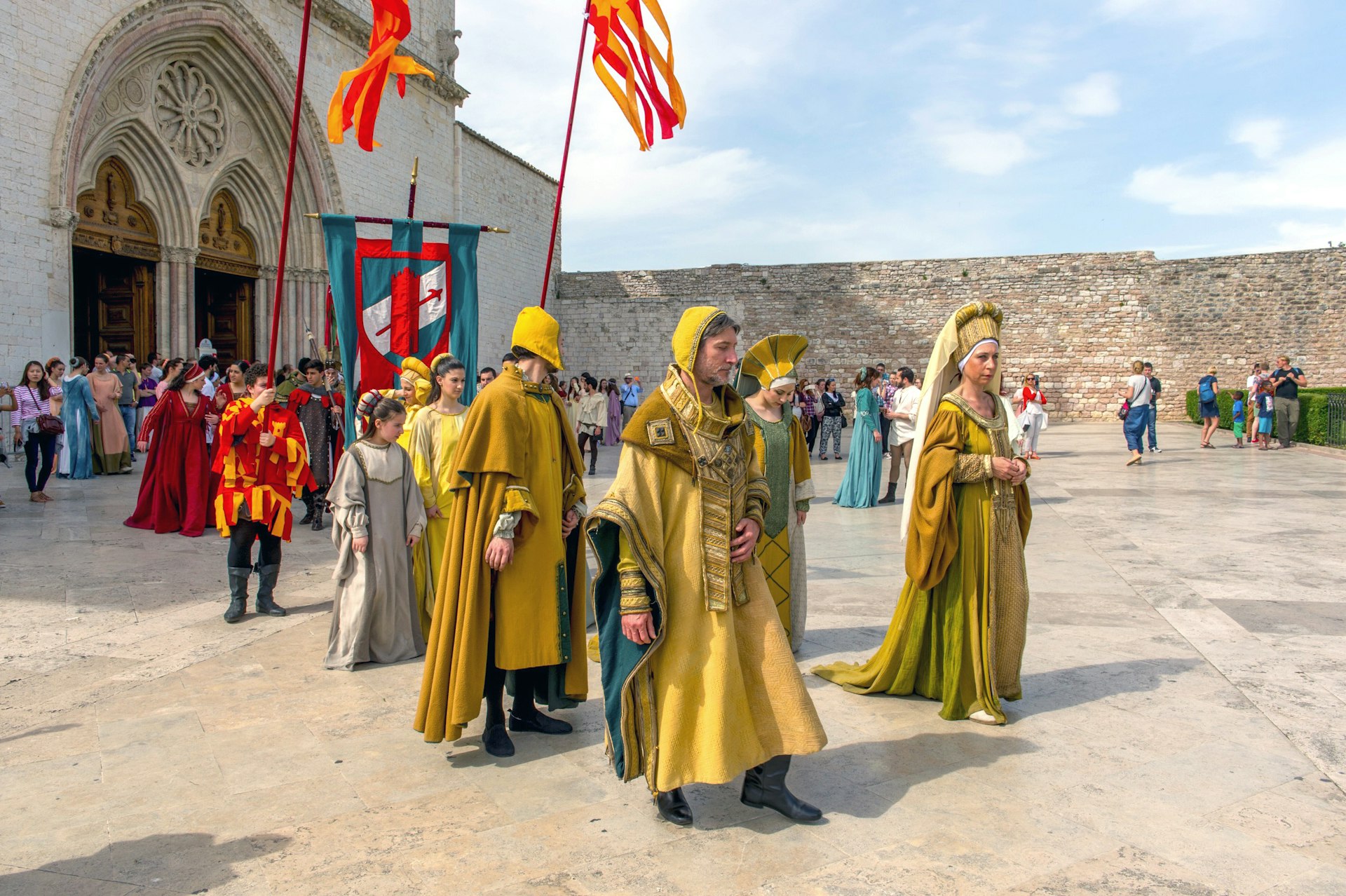
History on display
Umbria also plays host to several festivals with deep historical roots. In Assisi, Calendimaggio is a festival held in early May, a celebration welcoming spring that dates to medieval times.
The city is divided into two “teams” – the residents from the upper part of the city called Nobilissima Parte de Sopra and residents in the lower part of the city called Magnifica Parte de Sotto. The two factions compete in events testing their skill and strength over the multi-day festival, including crossbow shooting, tug of war, and choral singing.
There are re-enactments of medieval life and processions of participants in period dress. A jury composed of international experts in music, history, and entertainment crown the winning team at the end of the festival.
The town of Foligno also hosts a modern-day version of an event that started in 1613 called the Giostra della Quintana, a competition where Baroque-era knights competed in a test of skill. Today the city is divided into ten districts, each represented by a knight on horseback. Each knight participates in “ring jousting,” circling a track and spearing rings hanging from a historic statue representing Mars, the Roman god of war. As the competition proceeds the size of the rings gets smaller and smaller.
In the days leading up to the competition a historic tavern in each of the ten city districts is opened, becoming the hub of activity for each zone. Locals dress in Baroque period clothing, and each tavern serves Umbrian delicacies, including historic dishes dating back to the seventeenth century.
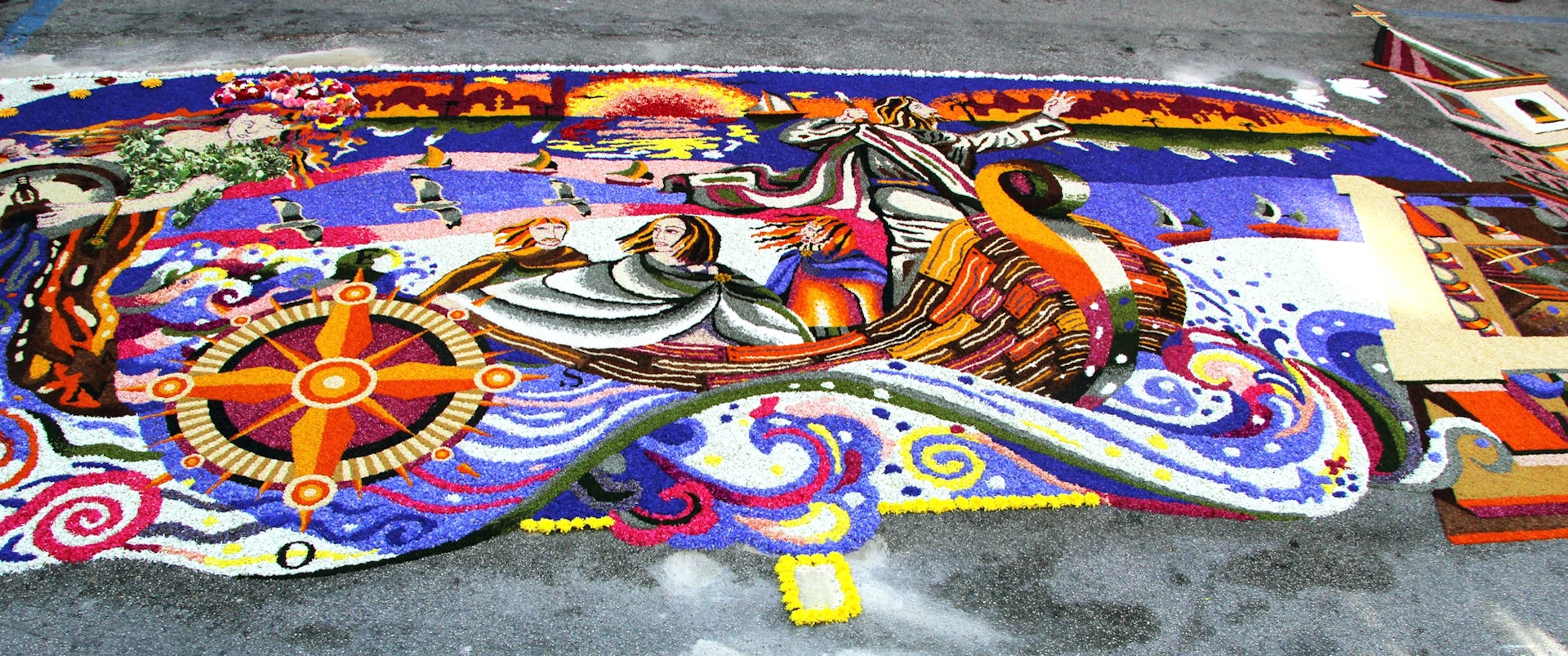
An artistic and colorful occasion, the Infiorate di Spello, is held on the Christian religious holiday of Corpus Domini each year in the late spring. For more than 100 years the people of Spello have decorated the procession route with flowers, and as the years have progressed the floral displays have become more and more elaborate. Fresh and dried flowers of various shades are used to create ornate decorative “carpets” and “paintings,” with the gathering of materials and planning taking place months in advance.
The weekend of the event there is a frenzy of activity as the infioratori, creators of the floral displays, work to create their masterpieces. A jury awards prizes to the top displays each year.
For a more contemporary celebration, head to Gubbio in northern Umbria to see the Guiness-World-Record-holding largest Christmas tree in the world. From early December to early January a lighting installation on the slope of Mount Ingino is illuminated, creating a Christmas tree that is more than 2000 feet (650 meters) tall. A guest of honor is invited to light the tree each year (past guests have included two Popes), and the tree can be seen from more than 18 miles (30km) away.

The tastes of Umbria
The people of this region also love to celebrate their local culinary specialties, and a number of food festivals can be found throughout the year.
The region’s famous black truffles take center stage at Nero Norcia, a mid-winter festival that has numerous food stalls featuring the truffles in many forms, as well as cooking demonstrations and lectures. The fall harvest season brings about many other food festivals such as the Saffron festivals in Cascia and Città della Pieve (Mercato dello Zafferano di Cascia, and Zafferiamo, respectively), the onion festival in Cannara (Festa della Cipolla di Cannara), and the black celery and sausage festival in Trevi (Sagra del Sedano Nero e della Salsiccia a Trevi).
All of these festivals highlight the local product through tastings and educational events, plus in some cases a chance to go to the fields and tour the areas where they are produced.
Looking to sample some of Italy’s finest olive oil? Taking place in a variety of Umbrian towns, the multi-weekend Frantoi Aperti is the largest olive oil festival in Italy, and allows visitors to tour the oil mills, walk through the olive groves, enjoy exhibitions and music, and special themed dinners featuring the new oil.
For those with a sweet tooth, the Eurochocolate festival held annually in Perugia brings together more than 100 chocolate producers from all over Europe, and features tastings, educational exhibitions, chocolate sculptures, and more. This is a commercial-only event, but Perugia itself has a long history of chocolate-making, and there are many artisan stores in the area to sample. Norcia, for instance, makes delicious truffle chocolate.

Media and more
Umbria takes the global stage each year during the International Journalism Festival, also held in Perugia. The five-day program is the largest media event in Europe, and features over five hundred speakers from around the world. Not only does the festival attract global journalists, scholars, and media experts, but the sessions are also open to the public.
Ranging from the arts and history to food and media, Umbria is home to a world-class array of events and festivals. Regardless of which month you choose to visit the region, you will always find something exciting on the calendar.

